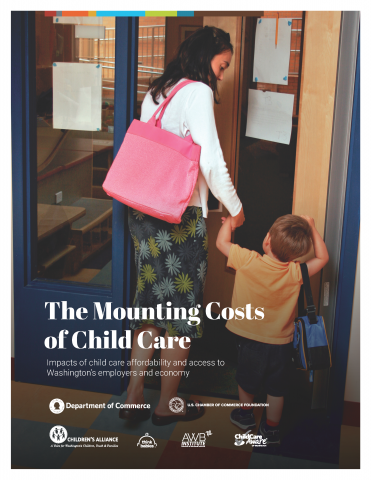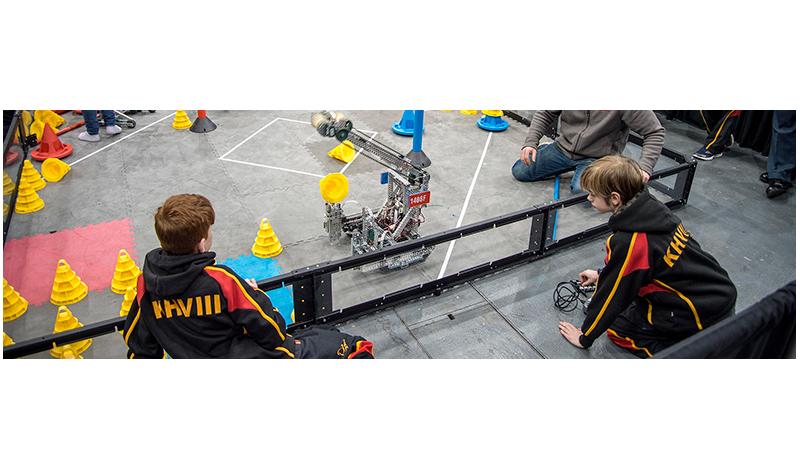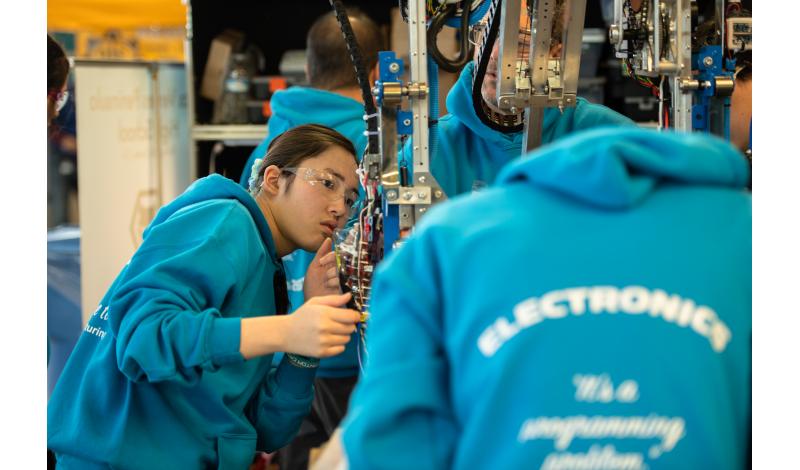K-12 Education
The U.S. Chamber of Commerce Foundation publishes content on K-12 education and related issues. Find and access current and archived items in our database.
Each year, as the Chamber Foundation hosts the Talent Forward national workforce conference, we focus on talent—educating and training, talent tech and data, recruiting, hiring, and upskilling. With no shortage of talent challenges, the opportunities for informative discussion are endless. While a day devoted to dissecting talent-related topics could focus solely on the problems, Talent Forward is all about the solutions.

Early Childhood Education Oregon Roadshow
According to the U.S. Bureau of Labor Statistics, there were approximately 8.6 million STEM jobs in May 2015, with the highest jobs in software development, user support, and systems analysts. Despite the high number of jobs, the lack of skilled workers in the labor force allow these positions to go unfilled. To make matters worse, the existing STEM workforce lacks diversity among women and minorities, not representing the emerging workforce of women and underrepresented groups.






